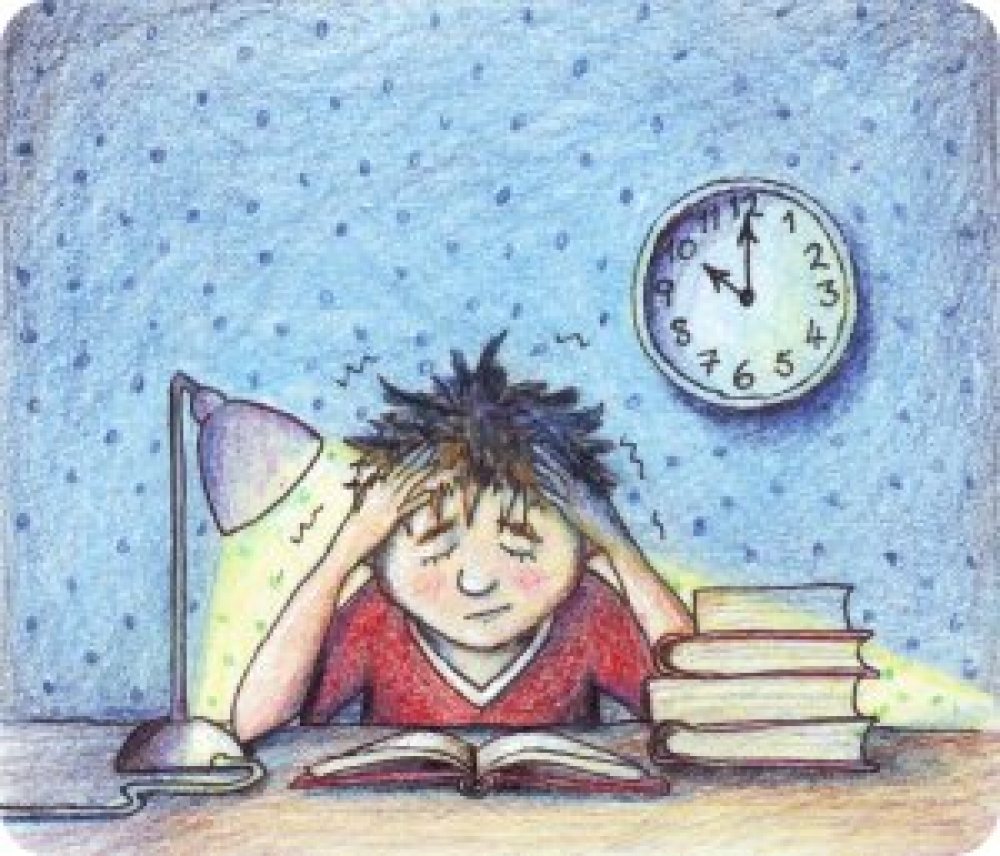By Shasya Goel:

On that eventful day that I remember so vividly, we found ourselves in the company of an old friend of dad’s, one of those people who have their nose permanently stuck in others’ lives. After skilfully finding an opening during a dull moment in the conversation, our esteemed guest (let’s call him Mr. XYZ) looked up from his perfectly round glasses and inquired about the stream I had decided to pursue. Looking at my face fixedly, eyebrows propped up and a visible smirk on the face that added to the comic effect, he added, “so, is it Science or Commerce?” Cringing hard as I was to suppress the laughter that threatened to erupt like a volcano, at the same time thinking of the perfect response, I managed to mutter something like, “uncle, but you see, there’s also a third stream called humanities. Call it the road less taken, if you may.” What followed after that is anybody’s guess. Fuming hard and snorting like an engine gone bad, the visible redness on his face was hard to miss, and harder not to laugh at. For such a bunch of nincompoops who never cease to amaze me, there’s only one thing I would say, “pesky, prejudice-laden guests and neighbors, not allowed!”
This brush with reality taught me a valuable lesson at an early age, apart from functioning as an important eye opener. While perusing the facts provided by a recent study conducted by LinkedIn, I found that a startling and disturbingly high percentage (82%) of parents are involved in deciding their child’s career. According to the study, it is estimated that globally India is among the top three countries following the trend, with Brazil topping the list at a whopping 92%, followed by China at 87%.
In India, last year, 1.4 million candidates appeared for the Joint Entrance Examination (JEE), making it one of the biggest exam conducted in a single day in human history. According to Adhitya Iyer, author of the bestselling book The Great Indian Obsession: The Untold Story of India’s Engineers, more than half of the engineers in India enter this field either because of pressure from parents, or a simple lack of choice.
The National Crime Records Bureau data shows that 45 students committed suicide in Kota in 2014, a rise of more than 61% from 2013, for being pressurised by their families to pursue engineering. The severity of the situation can be gauged by the fact that several coaching institutes have now jointly launched a ’round-the-clock’ helpline to offer counselling, and track callers suffering from depression to provide assistance. What is more, there was a spike in the number of suicides committed by students studying in India’s most sought after chain of ‘ivy league’ institutes, the IITs.
Along with the faulty framework of our education system, the flawed mentality of the society at large needs to be questioned. What comes across as alarming is the frightening ease with which ignorant people assert and reinforce the stigma, conveniently dismissing the existence of a third, least talked about stream. On a larger scale, it depicts a frightening pattern that has taken hold of the country as parents force their kids to chase after fat packages; crushing their dreams under the weight of bulging pockets, teaching them to barter passion for money. How many cases of suicide, depression, failure, and bullying will it take for us to let go of stereotypes that have been damaging the very fabric of the country, limiting the immense potential for the growth of today’s youth? If now is not the time to wake up, then when?
